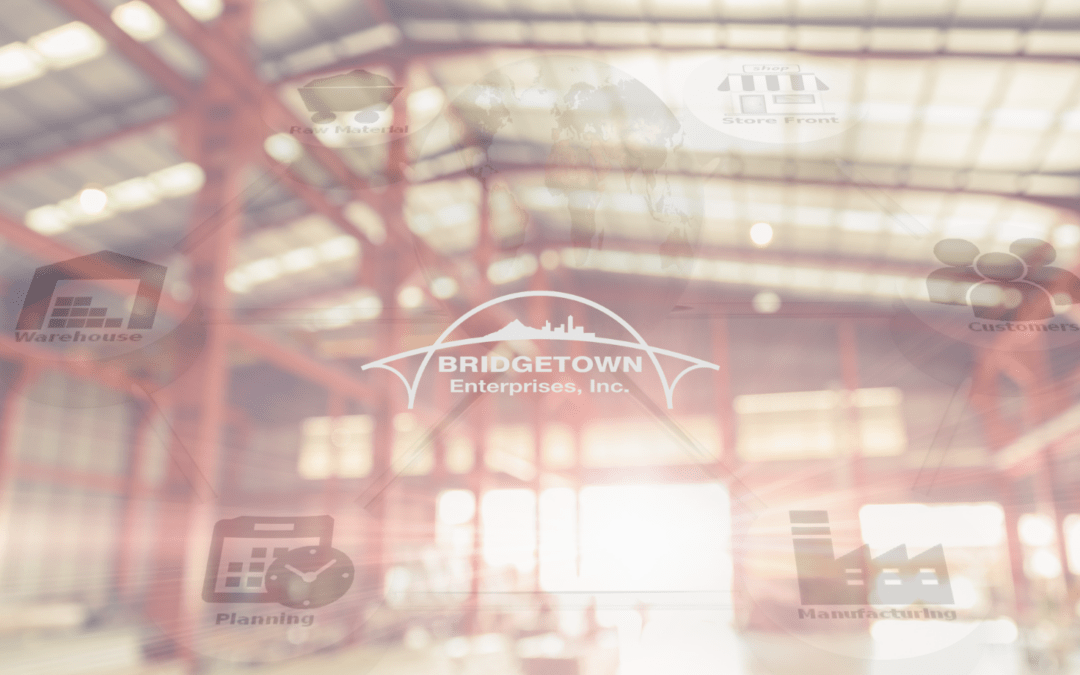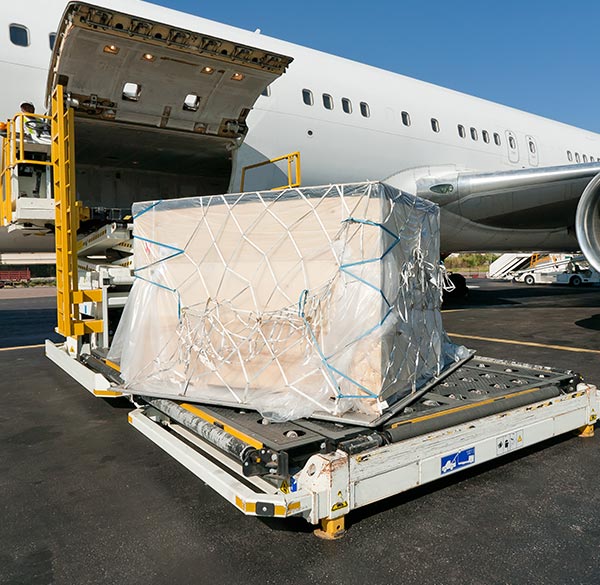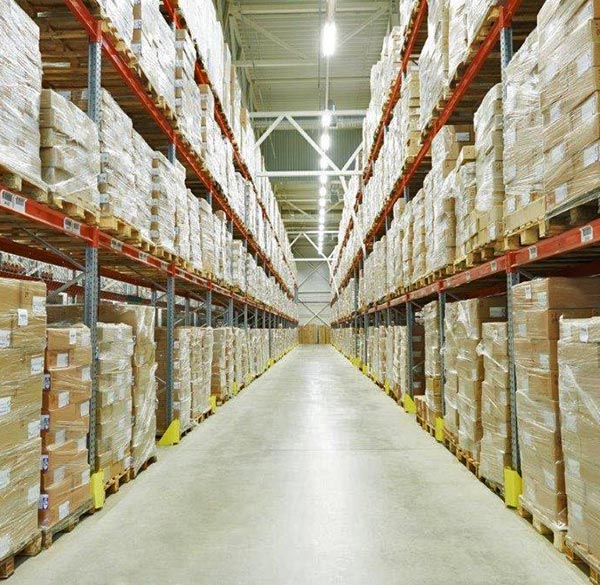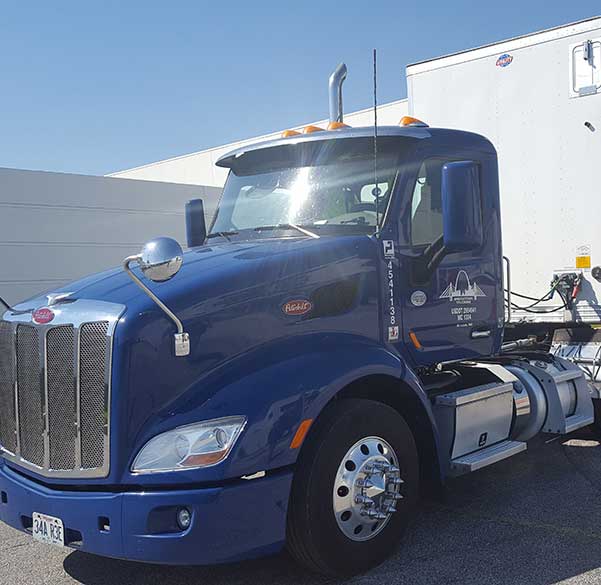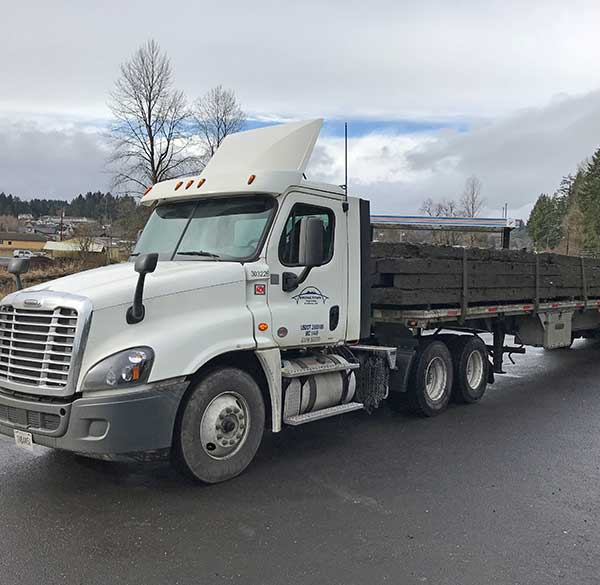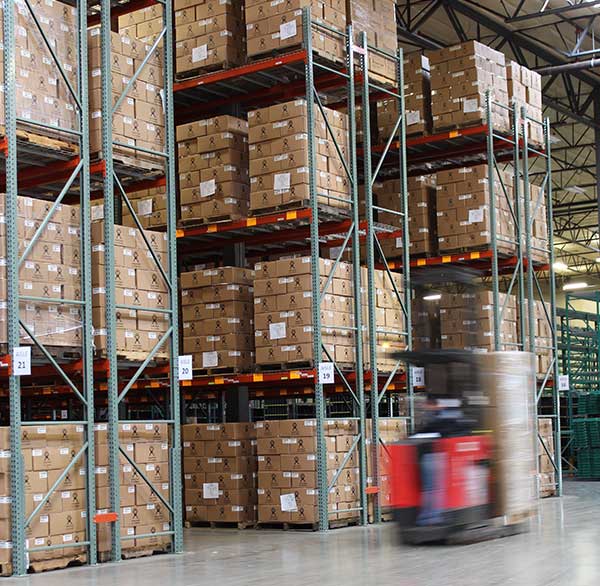It seems like within the past few years, global supply chains have faced unprecedented disruptions. From natural disasters and geopolitical tensions to the challenges posed by the COVID-19 pandemic, businesses have had to adapt quickly to maintain their operations and meet customer demands. In this blog, we’ll explore the strategies that can help businesses build resilience in their supply chains and emerge stronger from these disruptions.
1. Diversify Suppliers and Partners
Overreliance on a single supplier or partner is like placing all your supply chain’s eggs in one basket, leaving it vulnerable to disruptions. It’s imperative to broaden your horizons by diversifying your sourcing network. While cost savings undoubtedly hold significance, the true measure of this strategic diversification is the assurance that you can consistently procure vital materials or products, especially during times of crises or unexpected turbulence. In these moments, the value of a diversified supply chain becomes immeasurable, safeguarding your operations and bolstering your ability to meet market demands with unwavering resilience.
2. Embrace Technology for Real-time Tracking
Real-time tracking is more than just an investment; it’s the strategic key to supply chain supremacy. By harnessing cutting-edge technology solutions like GPS tracking for shipments, inventory management systems, and data analytics tools, you gain an unparalleled advantage. Picture this: you have access to precise, up-to-the-minute insights across your supply chain. This means that as disruptions arise, you’re not merely reacting; you’re proactively strategizing. Informed decisions become your forte, enabling swift and precise responses to any unexpected disruptions. Real-time visibility empowers you to maintain control, optimize operations, and stay resilient in an ever-evolving business landscape.
3. Strengthen Communication and Collaboration
Effective communication and collaboration are the linchpins of a resilient supply chain. Picture your network as a well-orchestrated symphony where suppliers, distributors, and logistics providers harmonize seamlessly. Regularly assessing your network’s resilience is akin to tuning the instruments – it ensures everything operates in perfect harmony.
Imagine the benefits of open dialogue – discussing contingency plans, sharing insights, and fine-tuning strategies. These conversations are the heartbeat of preparedness at Bridgetown Trucking. With a well-earned reputation for reliability, we consider ourselves the conductor of this supply chain orchestra, ensuring every note is in tune. In today’s dynamic business landscape, effective communication and collaboration aren’t just beneficial; they’re critical to navigating disruptions and thriving amidst challenges.
4. Implement Risk Mitigation Strategies
Implementing risk mitigation strategies is tantamount to fortifying the walls of your theoretical supply chain fortress. Let’s use that metaphor to paint a more robust picture of your supply chain: First, you must be vigilant – identifying potential risks. Then, you take action.
Consider the value of safety stock, an invaluable reserve that stands between you and disaster. This is your insurance policy when supply lines are compromised. And alternative transportation options are your secret escape routes, ensuring that goods reach their destination even when the main road is blocked.
Building redundancy in your supply chain is like having a secondary moat – a protective layer that keeps your operations running smoothly, even when faced with unexpected challenges. These measures transform your supply chain from vulnerable to invincible, guaranteeing a consistent flow of goods no matter what adversities lie ahead.
5. Explore Local Sourcing
In global supply chains, the “just-in-time” model shines for its efficiency. However, it can be fragile. Here’s where local sourcing emerges as a saving grace.
By considering local or regional suppliers for critical components or materials, you reinforce your supply chain. Lead times shrink, and vulnerabilities decrease significantly. This local resilience acts as a buffer when international logistics face challenges – it’s your contingency plan for safeguarding operations, ensuring you remain steadfast and reliable in even the stormiest of supply chain weather.
6. Partner with Experienced Logistics Providers
Experience is the cornerstone; it equips you with strategies and the wisdom to navigate even the most complex logistical landscapes. At Bridgetown Trucking, our extensive knowledge and abundant resources are filled with solutions to your supply chain challenges.
In the unpredictable journey of business, where disruptions loom like unforeseen obstacles, such a partnership is a lifeline. Together, we can adeptly steer through turbulent waters, minimize disruptions, and ensure that timely deliveries remain the hallmark of your operations.
7. Continually Review and Update Plans
Supply chain disruptions aren’t isolated incidents; they’re a constant, shifting landscape. You should view your contingency plans as living documents, adaptable and resilient. Just as nature evolves, so do challenges.
Regular review and updates should be seen as routine maintenance, ensuring your operations remain impervious to disruptions. By doing so, you’re not just ready for today’s challenges; you’re prepared for tomorrow’s uncertainties. In this dynamic environment, the importance of continually fine-tuning your strategies cannot be overstated.
Conclusion
In a nutshell, supply chain disruptions are just part and parcel of today’s business world. But with some smart planning, mixing things up a bit, getting tech-savvy, and sticking with reliable partners, businesses can toughen up and roll with the punches. By putting these moves into action and sticking by our side, you’ll make sure your supply chain can handle whatever curveballs the future throws. And when you’re ready, Bridgetown is here to help you not just survive disruptions, but thrive through the tough times.

